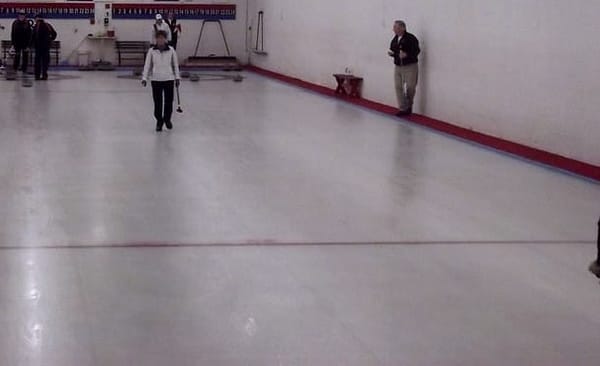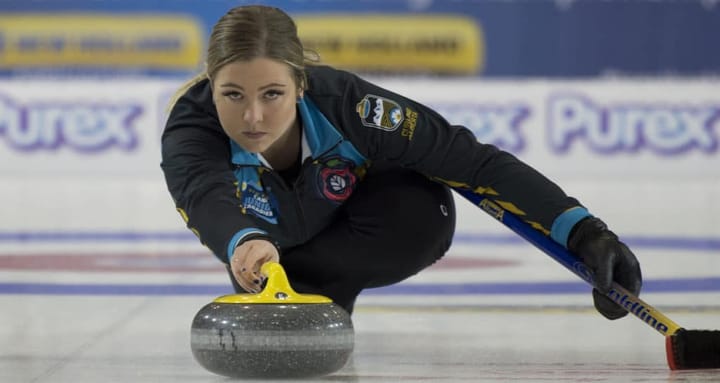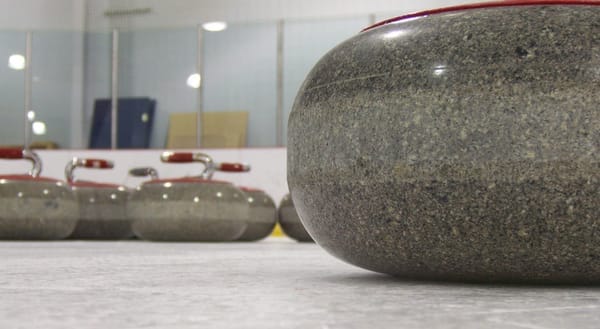Hog Line Violations: What You Need to Know

In the sport of curling, every detail counts—from the weight of your throw to the strategy behind each shot. Among the various rules that govern the game, the hog line rule stands out as particularly crucial. But what exactly is a hog line violation, and why does it matter? Let’s delve into the details.
What is a Hog Line Violation?
A hog line violation occurs when a curler fails to release the stone before it reaches the near hog line at the delivering end of the sheet. This is considered a fault, resulting in the immediate removal of the stone from play. The significance of this rule is emphasized at all levels of competition, especially during championship events, where strict enforcement is paramount.
Why is There a Hog Line Rule?
The hog line rule serves two essential purposes:
1. To Prevent Unfair Advantage
If curlers were allowed to release their stones beyond the hog line, they could effectively slide down the sheet and place the stone directly into the house. This would undermine the skill and strategy integral to the game, transforming it into a simple act of sliding rather than a test of precision and tactical prowess.
2. To Maintain Historical Integrity
Originally, the hog line was established to mark the boundary of the sheet. However, as delivery techniques evolved, particularly with the advent of slide delivery, the hog line's function expanded to include a delivery boundary. This evolution ensures that the strategic challenge of curling remains intact, even as gameplay continues to develop.
How is a Hog Line Violation Determined?
Historically, human judges visually assessed hog line violations. However, this approach proved problematic. The speed of the game and the rapid nature of stone release often led to errors, as studies indicated that the human eye struggles to accurately track the quick release of the stone.
To combat this issue, many leagues—especially those at higher levels—have adopted sensor technology to determine hog line violations. This technology involves:
Sensor Handles
At the championship level, curling stones are equipped with sensors embedded in the handles. These sensors detect the conductivity of the thrower's hand.
Magnetic Strips
Installed beneath the ice surface, these magnetic strips work in conjunction with the sensor handles to enhance detection accuracy.
How the Sensors Work
The process begins with activation:
-
Activation: Before each delivery, the thrower must activate the sensor by flipping the stone upside down while keeping their hand on the handle. This step is crucial; an inactive sensor won’t detect a violation.
-
Detection: When the stone’s leading edge touches the near hog line, the sensor checks for conductivity. If it detects conductivity, a red light on the handle illuminates, signaling a violation. If the release is clean, a green light activates.
Penalties for Hog Line Violations
When a hog line violation occurs, the violating team faces specific penalties:
- Stone Removal: The stone that was illegally delivered is immediately removed from play.
- Stone Replacement: Any stones displaced by the illegally delivered stone are returned to their original positions by the non-offending team.
Hog line violations are serious matters in curling, and even a single violation can significantly impact the outcome of a game. Therefore, curlers are encouraged to focus on achieving a clean release well before the near hog line to avoid penalties.
Conclusion
Understanding hog line violations is essential for any curler aiming to enhance their game. This rule not only promotes fairness but also preserves the strategic nature of curling. As technology continues to evolve, the enforcement of hog line rules will likely become even more precise, ensuring that every player has a fair chance to showcase their skills on the ice. Remember, mastering the release is key to avoiding those pesky violations and maintaining your competitive edge!



